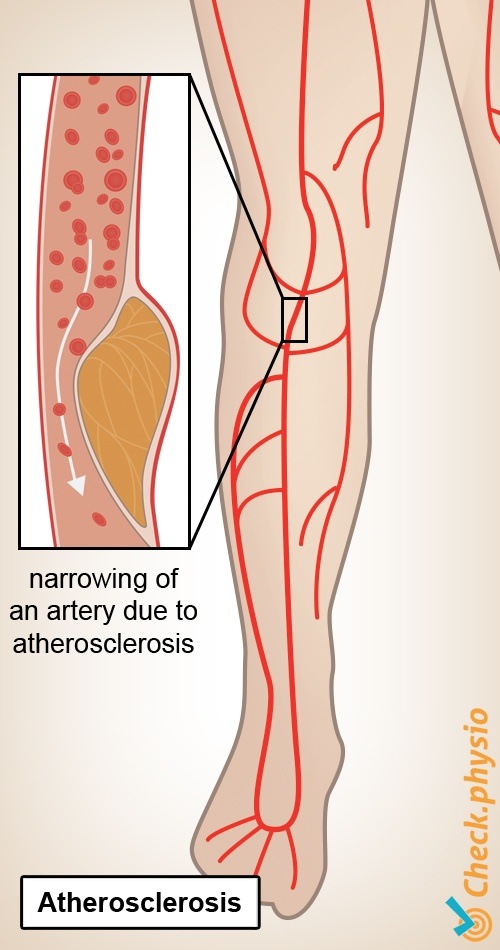A nurse is planning care for a client following a cardiac catheterization accessed through his femoral artery. Which of the following actions should the nurse plan to take?
Instruct the client to perform range-of-motion exercises to his lower extremities.
Restrict the client's fluid intake.
Perform neurovascular checks with vital signs.
Ambulate the client 1 hr following the procedure.
The Correct Answer is C
Performing neurovascular checks with vital signs is an important action to take following a cardiac catheterization accessed through the femoral artery, as it can help monitor for complications such as bleeding, hematoma, infection, thrombosis, or embolism. The nurse should assess the color, temperature, sensation, movement, and pulses of the affected leg, as well as the blood pressure, heart rate, and oxygen saturation of the client.
Instructing the client to perform range-of-motion exercises to his lower extremities is not appropriate, as it can increase the risk of bleeding or dislodging the arterial sheath or closure device. The client should keep the affected leg straight and avoid bending or lifting it for several hours after the procedure, or as directed by the provider.
Restricting the client's fluid intake is not necessary, as fluid intake can help prevent dehydration and contrast- induced nephropathy following a cardiac catheterization. The client should be encouraged to drink fluids, unless contraindicated.
d Ambulating the client 1 hr following the procedure is not advisable, as it can cause bleeding, hematoma, or vascular injury. The client should remain on bed rest for 2 to 6 hours after the procedure, or as directed by the provider, and resume ambulation gradually and with assistance.
Nursing Test Bank
Naxlex Comprehensive Predictor Exams
Related Questions
Correct Answer is ["125"]
Explanation
To calculate the infusion rate, the nurse should use the following formula:
Infusion rate (mL/hr) = Volume (mL) / Time (hr)
Plugging in the given values, the nurse should get:
Infusion rate (mL/hr) = 250 mL / 2 hr
Infusion rate (mL/hr) = 125 mL/hr
The nurse should round the answer to the nearest whole number and use a leading zero if it applies. Therefore, the nurse should set the IV pump to deliver 125 mL/hr.
Correct Answer is B
Explanation
The correct answer is B
Choice B reason: Intermittent claudication
Intermittent claudication is a characteristic symptom of PAD in the early stage, due to the reduced blood flow to the muscles during exercise. It is a cramping pain in the legs that occurs with walking and is relieved by rest.
Choice A reason: Dependent rubor is a sign of PAD in the advanced stage, due to the impaired vasodilation and reactive hyperemia. It is a reddish color of the lower extremities that occurs when they are lowered and disappears when they are elevated.
Choice C reason: Foot ulcers are a complication of PAD in the late stage, due to the poor wound healing and tissue necrosis. They are usually located on the toes, heels, or pressure points.
Choice D reason: Rest pain is another sign of PAD in the late stage, due to the severe ischemia and nerve damage. It is a persistent pain in the feet or toes that occurs at night and is not relieved by rest.

Whether you are a student looking to ace your exams or a practicing nurse seeking to enhance your expertise , our nursing education contents will empower you with the confidence and competence to make a difference in the lives of patients and become a respected leader in the healthcare field.
Visit Naxlex, invest in your future and unlock endless possibilities with our unparalleled nursing education contents today
Report Wrong Answer on the Current Question
Do you disagree with the answer? If yes, what is your expected answer? Explain.
Kindly be descriptive with the issue you are facing.
